Indoor gardening is not just a hobby; it’s an art and a science combined. With urban spaces becoming increasingly limited, many have turned their gaze towards their interiors, hoping to bring a touch of nature inside. Whether you’re new to gardening or a seasoned green thumb looking to adapt your skills indoors, understanding the nuances of cultivating plants within a controlled environment is crucial. This guide provides insights and practical advice to help enthusiasts create their indoor green oasis, starting with selecting the right plants.
Contents
Selecting The Right Plants
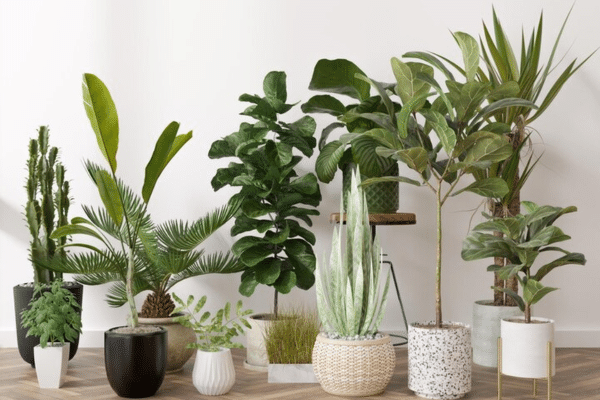
Choosing the right plant for an indoor space goes beyond just aesthetics. Light requirements, size, and maintenance levels are just a few factors that need consideration. Succulents, for instance, might thrive with minimal water and indirect light, making them ideal for those who might not have the time for frequent watering. On the other hand, ferns require consistent moisture and would be better suited for enthusiasts ready to offer more care.
Having a diverse array of plants can transform any indoor space into a lively, green sanctuary. Snake plants, pothos, and spider plants are excellent for beginners due to their adaptability and resilience. However, for those seeking a challenge or a unique touch, orchids or bonsai trees might be worth exploring. Remember, the key is to align the choice of plants with the conditions of the space and the caretaker’s ability to provide consistent care.
Optimizing Light Conditions
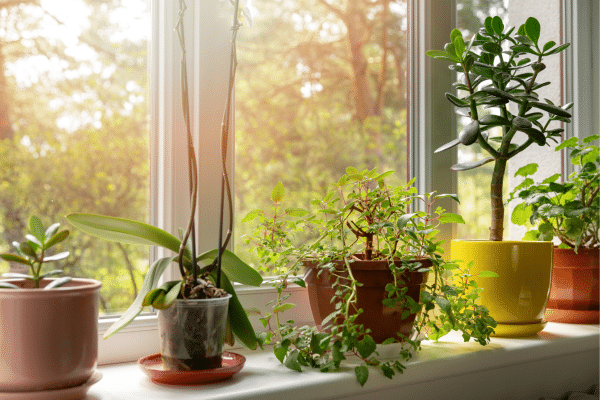
Light plays a fundamental role in the health and growth of plants. Indoor spaces, unlike open gardens, may not always have the luxury of consistent sunlight. It becomes essential to understand the different light needs of plants and position them accordingly. A plant placed in a dim corner when it requires bright light will soon exhibit signs of stress, such as yellowing leaves or stunted growth.
Artificial lighting solutions, like grow lights, can come to the rescue in spaces that lack sufficient natural sunlight. They’re designed to mimic the sun’s spectrum and can be a boon for plants that are light-hungry. Positioning plants near windows or using reflective surfaces to amplify available light are also strategies that can help ensure plants get their required dose of sunshine. With careful observation and a bit of innovation, even the most interior spaces can be transformed into thriving green areas.
Watering Wisely
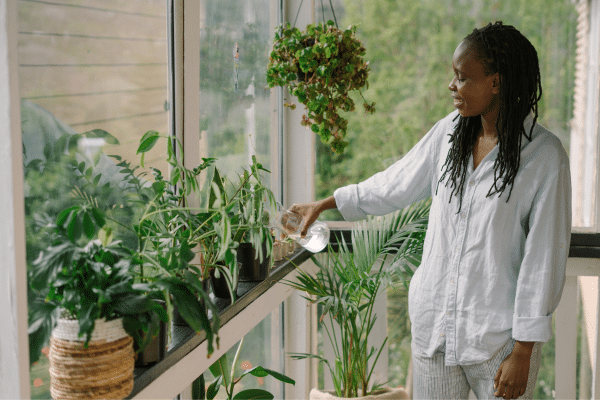
A common misconception among indoor gardeners is that plants constantly need water to thrive. However, overwatering can be more detrimental than underwatering. Roots submerged in excess water can rot, depriving the plant of essential nutrients. Moreover, stagnant water can become a breeding ground for pests and mold, compromising the health of the plant and its surroundings.
Determining when and how much to water depends largely on the plant species and the conditions of the environment. While a cactus might thrive on infrequent watering, a tropical plant like the peace lily might require more regular moisture. It’s advisable to research each plant’s specific needs and adjust watering schedules accordingly. A useful tip is to check the soil’s moisture; if the top inch feels dry, it might be time to give the plant a drink.
Soil And Potting

Just as in nature, the soil is the foundation for any plant. It provides the essential nutrients that plants absorb and plays a vital role in their overall health. Indoor plants benefit from potting mixes that cater to their specific needs. For example, succulents and cacti thrive in well-draining soil, while ferns prefer a more moisture-retentive mix.
Repotting is another aspect of indoor gardening that can’t be overlooked. As plants grow, they may become root-bound, causing their growth to stall. In such cases, moving the plant to a larger pot with fresh soil can stimulate growth and improve health. Additionally, the act of repotting provides an opportunity to inspect the roots for signs of rot or disease, ensuring early intervention if issues arise.
Temperature And Humidity Management
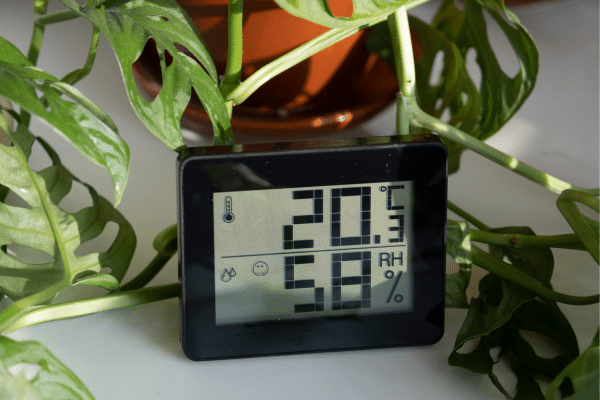
Most indoor plants come from tropical climates, meaning they flourish in warm and humid conditions. It’s essential to understand and replicate these conditions to ensure optimal growth. A sudden drop in temperature or a drastic change in humidity can stress plants, leading to a decline in their health and vigor.
To maintain these conditions, it might be necessary to invest in equipment such as humidifiers or heaters, especially during winter months. Placing a tray of water near plants or regularly misting them can also help in increasing humidity levels. On the other hand, ensuring proper ventilation can prevent excess humidity, which might lead to mold growth. It’s all about striking the right balance to recreate the natural environment of the plants.
Fertilizing Fundamentals
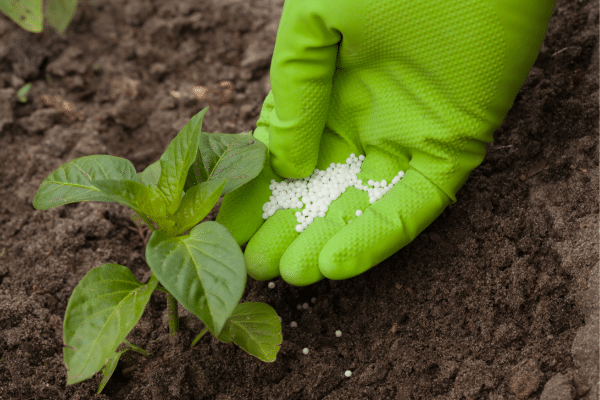
Plants, just like any living organism, require nutrients to grow and flourish. While soil provides many essential elements, over time and with growth, these nutrients can get depleted. Fertilizing becomes crucial to replenish the soil and provide plants with the necessary boost. Depending on the plant type and its stage of growth, the choice of fertilizer and its application rate will vary.
It’s also worth noting that signs of nutrient deficiency might manifest in different ways. Yellowing leaves, slow growth, or weak stems can be indicators that a plant needs more than what the soil is currently offering. However, caution is necessary because over-fertilizing can harm plants, burning their roots and causing more harm than good. A balanced approach, tailored to each plant’s needs, will yield the best results.
Pest Prevention And Management
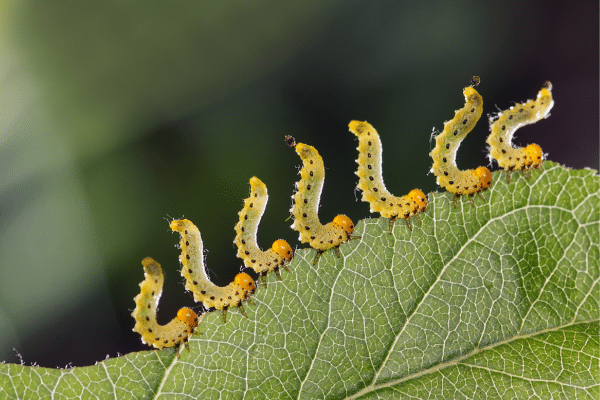
The confines of indoor spaces can sometimes make plants more susceptible to pests. Aphids, spider mites, and mealybugs are just a few of the common culprits that can wreak havoc on indoor gardens. Regular inspection of plants, including the undersides of leaves and the soil, can help in early detection and prevention of a full-blown infestation.
While chemical pesticides are available, there’s a growing preference for organic and natural solutions, especially for those growing edible plants indoors. Neem oil, insecticidal soaps, and diatomaceous earth are some natural remedies that have proven effective against a range of pests. Introducing beneficial insects, like ladybugs, can also act as a biological control measure, helping maintain a healthy ecosystem within the garden.
The Bottom Line
Indoor gardening, while offering a sanctuary of green within urban spaces, comes with its unique set of challenges. From selecting the right plants and ensuring they get the optimal amount of light, to managing pests and providing the necessary nutrients, it’s a journey that requires patience, knowledge, and a touch of creativity. But the rewards – a thriving indoor oasis, cleaner air, and a sense of well-being – make every effort worthwhile. For enthusiasts and novices alike, understanding the intricacies of indoor plant care can pave the way to a fulfilling and verdant gardening experience.



